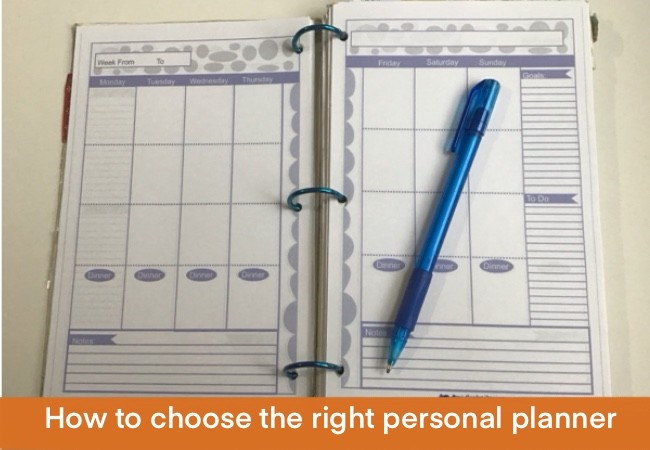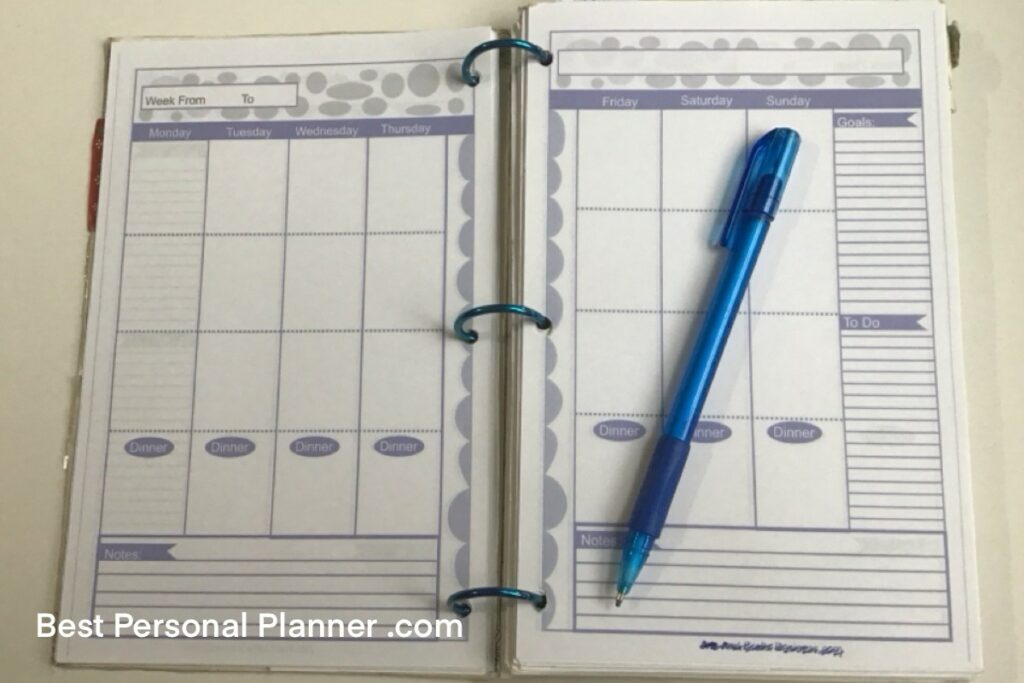Your planner is a tool to help you reach your goals, so start by identifying what those goals are. Are you scheduling daily tasks, planning a weekly routine, or mapping out monthly objectives? The more specific you are with this, the better equipped you’ll be to choose a planner that fits.
Lifestyle factors can’t be ignored when picking a planner. Whether you’re juggling a fast-paced job, managing school assignments, or keeping a household running smoothly, each situation demands different features from a planner. A busy professional might need more appointment slots, while a student might need space for deadlines and notes.
When it comes to customization versus pre-structured options, think about how much structure you prefer. Some folks thrive on the freedom to create their own layouts and designs, making customizable planners a dream. Others might find comfort in pre-structured formats where they fill in the blanks. Knowing where you stand can guide your choices.
We all organize things differently. Maybe you’re a fan of bullet points and lists, so a bullet journal could speak to your heart. Or perhaps you embrace technology and a digital planner suits your style better. Traditional day planners still have their charm, especially for those who love the feel of pen on paper.
Layout and space are more important than you might think. If your planner feels cramped or the layout is confusing, it’s not going to be useful. Bigger planners might offer more room for writing, while smaller ones are portable and convenient. Consider what layout works for your brain’s natural way of thinking.
The Ultimate Guide to Evaluating Different Types of Personal Planners
When it comes to planners, there’s a format out there for everyone. Traditional planners, digital options, and even hybrids give you plenty of choices. While traditional planners offer the tactile joy of writing things down, digital planners provide the convenience of syncing across devices. Hybrids try to bridge the gap, giving you the best of both worlds.
Considering the pros and cons between physical planners and apps is essential. Physical planners don’t run out of battery and offer a disconnect from screens that many find refreshing. On the flip side, planners apps can be easily updated, offer reminders, and include integration with other digital tools.
There are popular planner brands out there, each offering unique features. Brands like Erin Condren, Passion Planner, and Moleskine have a loyal following for good reason. Comparing these can help you identify which features resonate with your style. Some planners offer dedicated space for goal-setting, while others come with slot sidebars for quick notes or habit tracking.
When you’re evaluating planners, keep an eye out for innovative features that could change how you plan your day. Look for goal-setting pages that help visualize long-term aims, habit trackers that encourage daily routines, and even motivational quotes that add a bit of inspiration. Slot sidebars might turn out to be that feature you didn’t know you needed.
Sustainability is becoming a big deal with planners, just like with everything else. Some brands use recycled paper, others focus on eco-friendly inks and materials. If sustainability matters to you, look for those green options that align with your values and help reduce your carbon footprint while planning your day.
You can also read:

–
